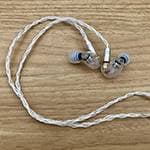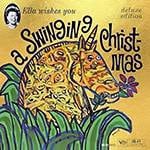In daily life, it’s easy to feel stuck or overwhelmed by stress, and we live in a society where life can sometimes feel difficult. In such moments, music plays a role in calming the mind. Without music, it’s easy to imagine how much harsher my life would be.
Personally, at times like this, I don’t feel like listening to punk or heavy metal. While not all music by trios consisting of guitar, bass, and drums feels this way, their sound can sometimes feel a bit harsh. There are exceptions, of course.
I believe that when keyboard instruments are added to such trio performances, the overall sound becomes smoother, and the ensemble takes on a more rounded tone. Particularly, pad sounds can envelop the whole piece, making them essential for relaxation music.
And such music existed in Japan in the past as well.
Last time, I introduced Pacific, released in 1978, but the opening for this time is from the fourth installment of a similar series.
While the concept and approach of the album are aligned in the same direction, it’s fascinating how different musicians bring forth a completely different sound.
■ Recommended Album: Seaside Lovers by Masataka Matsutoya, Akira Inoue, Hiroshi Sato (1983)
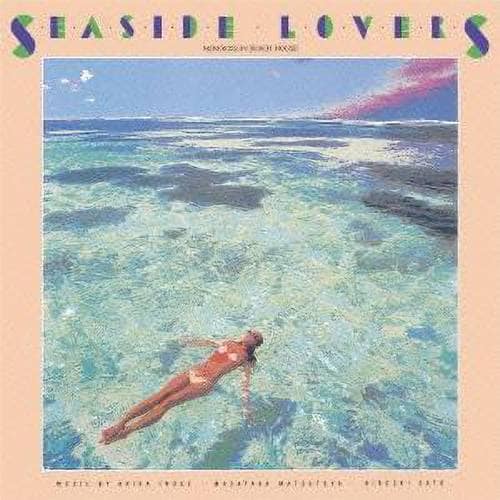
This omnibus-style relaxing music album was created by three of Japan’s leading keyboardists: Masataka Matsutoya, Akira Inoue, and Hiroshi Sato. It is the fourth installment in a series inspired by resort music, which was popular at the time. The album is based on a somewhat obscure concept of a “fantasy love story set in a beach house,” developed by Naoki Tachikawa.
With three accomplished keyboardists and arrangers contributing, every track is a gem. This album has also garnered significant popularity overseas and was even reissued as an analog import, which is quite remarkable.
Recommended Track: “Lover’s Paradise”
The track opens with a series of impressive major seventh chords interwoven with Matsutoya’s signature string phrases. The piece begins with the high tones of an acoustic piano, reminiscent of a watercolor painting.
Initially, it seems like an instrumental, but midway, a female vocal with a resort-like ambiance joins in, bringing a strong J-pop element. Matsutoya excels at crafting music that evokes vivid scenery.
Recommended Track: “Evening Shadows”
This track features a blend of Fender Rhodes and synthesizer, followed by a fill-in from the LinnDrum machine, reminiscent of a track from Hiroshi Sato’s acclaimed album Awakening.
The bending-infused synthesizer solo showcases Sato’s hallmark style. The layered keyboards intertwine like a mosaic, creating a rich auditory tapestry.
■ Recommended Album: TAKANAKA (1977)
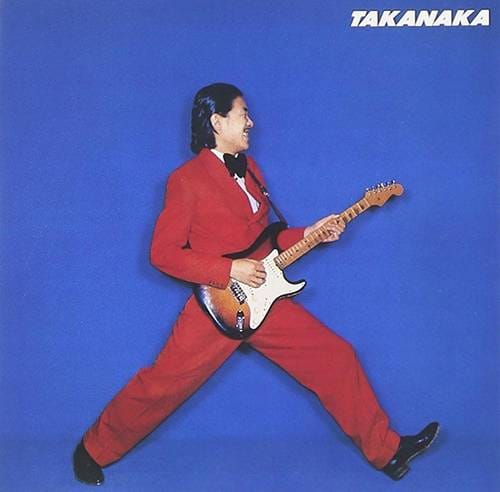
When discussing Masayoshi Takanaka’s albums, Legend of the Rainbow and Jolly Jive are often mentioned as his top works. However, for me, there is no other album that surpasses TAKANAKA. This album showcases the sound of Takanaka before he rose to mainstream fame.
Created by a gathering of young musicians who were pivotal in shaping the Japanese music scene, the album brims with youthful energy and vigor, resulting in a remarkable and dynamic collection of tracks.
The lineup includes notable talents such as Shuichi “Ponta” Murakami (Drums), Jun Fukamachi (Keyboards), Hiroshi Sato (Keyboards), and Rei Ohara (Bass). The impact these musicians had on the music scene in the following years is immeasurable.
The album is filled with experimental elements, from intros featuring multiple vocal percussion parts to bold musical developments. Each musician’s individuality and spirit are evident, especially in the creative use of synthesizers, making it feel like a musical laboratory.
Amidst the synergy of these talented musicians, a rich, Latin-flavored resort music emerges, offering a unique and vibrant listening experience.
Recommended Track: “Summer Breeze”
This track beautifully captures the transition from Japan’s rainy season to summer using keyboard instruments. The sound of thunder, reminiscent of the end of the rainy season, is portrayed by the Minimoog synthesizer. The scene of sunlight breaking through the clouds is expressed with the Solina String Ensemble. The refined MXR phaser evokes the passage of time. As the track progresses, the ARP Odyssey’s sample and hold (S&H) sound fades in, adding a random, non-pitched element that must have been quite a daring choice. The music begins with a signature guitar riff overlaying this rich soundscape. This track alone is worth listening to, showcasing a funky take on J-pop resort music!

Solina String Ensemble (Quoted from Wikipedia)
The Solina is a Dutch-made keyboard instrument known for its string and horn sounds. It was highly popular in the 1970s, functioning as a polyphonic synthesizer. At the time, it was a pricey instrument, costing around 550,000 yen. Japanese manufacturers released similar instruments at about half the price, but none matched the Solina’s sound quality. I owned a Korg Polyphonic Ensemble Orchestra, PE-2000 (priced at 270,000 yen). While its sound quality wasn’t bad, it lacked the final touch.
The Solina was a top choice among professional musicians, regardless of the genre.
■ Recommended Album: By the Sea by Steve Hiett (1983)
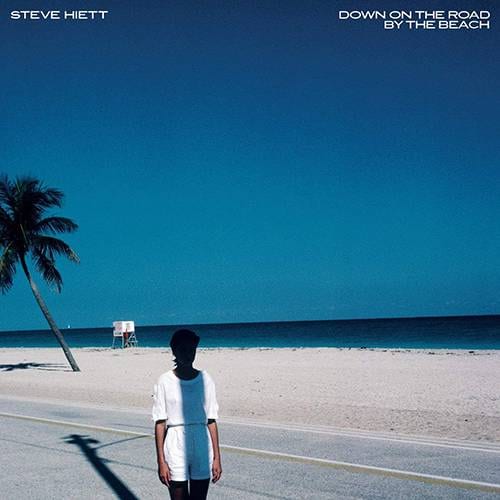
Steve Hiett, a fashion photographer, initially pursued a career as a professional guitarist in the 1960s. His journey led him from being a director and designer to becoming a professional photographer, making him a unique figure in the music world. He gained recognition in fashion magazines like Vogue. Alongside this album, Hiett released a photobook with the same title, which garnered significant attention.
This album is perfect for listening on a tropical island. Although it’s by a foreign artist, it features many Japanese musicians, which is why it's listed here for its exceptional quality.
During his stay in Tokyo, Hiett recorded this hidden gem with musicians such as Kazuhiko Kato, Toru Okada, and Ryomei Shirai of Moonriders.
Hiett plays an electric guitar with deep reverb throughout the album.
While the music carries a lazy, ambient vibe, technically, it’s unremarkable. However, the album’s cohesive world-building is impressive, drawing listeners in with a laid-back bossa nova-like charm. This aspect highlights the fascinating nature of music. Undoubtedly, this album comes highly recommended as chill music!
As a photographer, Hiett’s album cover stands out, showcasing his masterful use of light and shadow. I own an original vinyl copy of this album. When I sold my records, this Steve Hiett album fetched over 3,000 yen, compared to the usual 50 yen per vinyl, which was astonishing.
Recommended Track: “Blue Beach - Welcome To Your Beach”
This opening track exudes ambient and environmental music vibes. The entire piece features a dreamy, bluesy guitar sound with a floating quality that captivates. The relaxed performance creates a soothing atmosphere. It feels like Hiett’s music vividly portrays the landscapes he envisions. His shrewd mindset as a creator is evident in knowing exactly where he wants to go and what steps to take to get there.
Featured Musicians, Albums, and Recommended Tracks
- Artists: Masataka Matsutoya, Hiroshi Sato, Steve Hiett, Kazuhiko Kato
- Albums: Seaside Lovers, TAKANAKA, On the Beach
- Recommended songs: "Lovers' Paradise," "Evening Shadows," "Summer Breeze," "Blue Beach - Welcome To Your Beach"
⇨ SOUND HOUSE Piano/Synthesizer List
The column “sound & person” is made possible by your contributions.
For more information about submissions, click here.






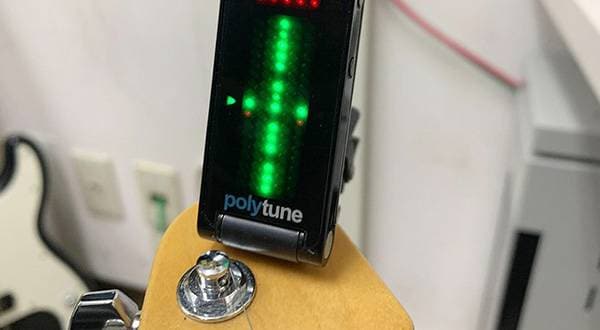
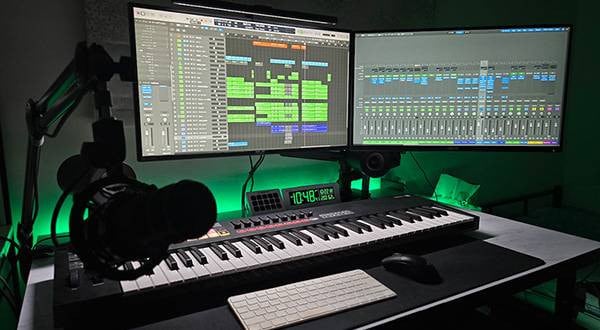
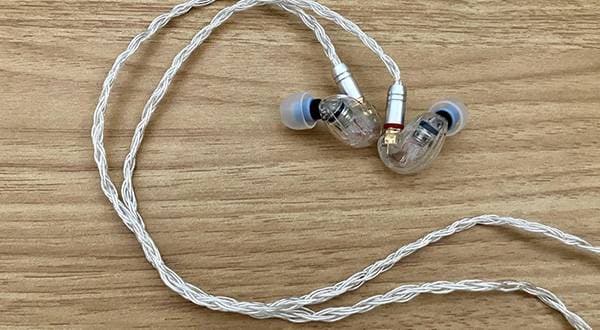
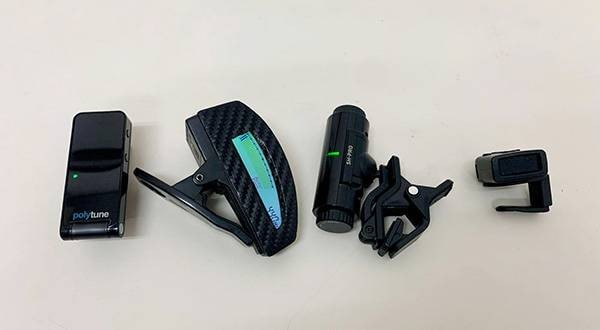


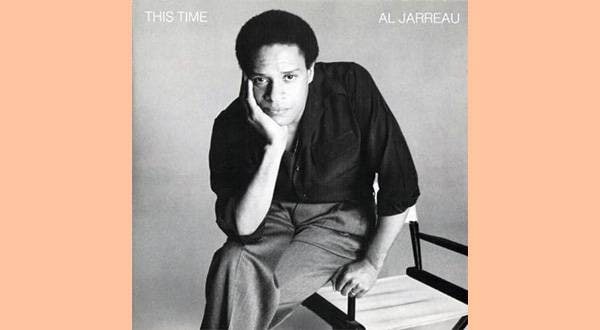

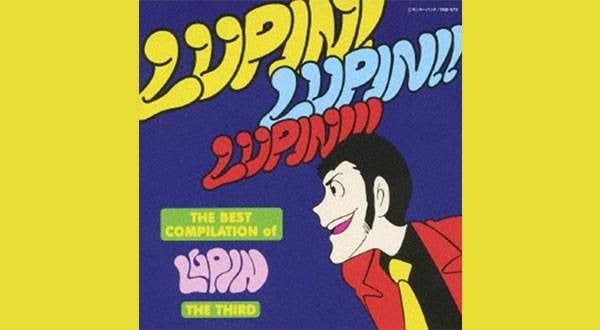
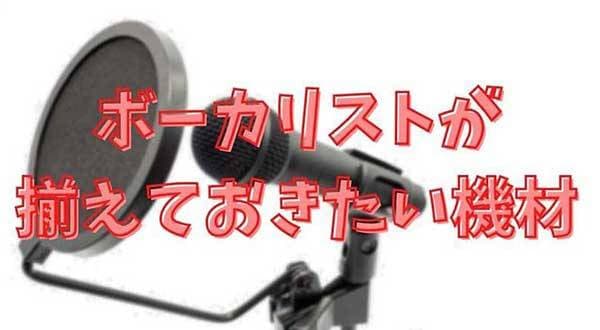

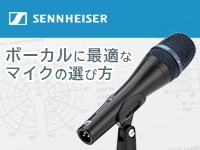 Sennheiser ボーカルに最適なマイクの選び方
Sennheiser ボーカルに最適なマイクの選び方
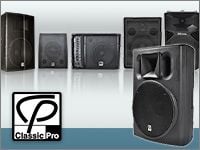 スピーカーの定番 Classic Proのおすすめモデル
スピーカーの定番 Classic Proのおすすめモデル
 初心者向けUSBマイクの選び方
初心者向けUSBマイクの選び方
 BOSS ボーカル・エフェクターのススメ
BOSS ボーカル・エフェクターのススメ
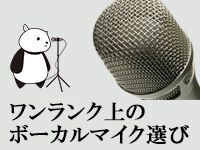 ワンランク上のボーカルマイク選び
ワンランク上のボーカルマイク選び


